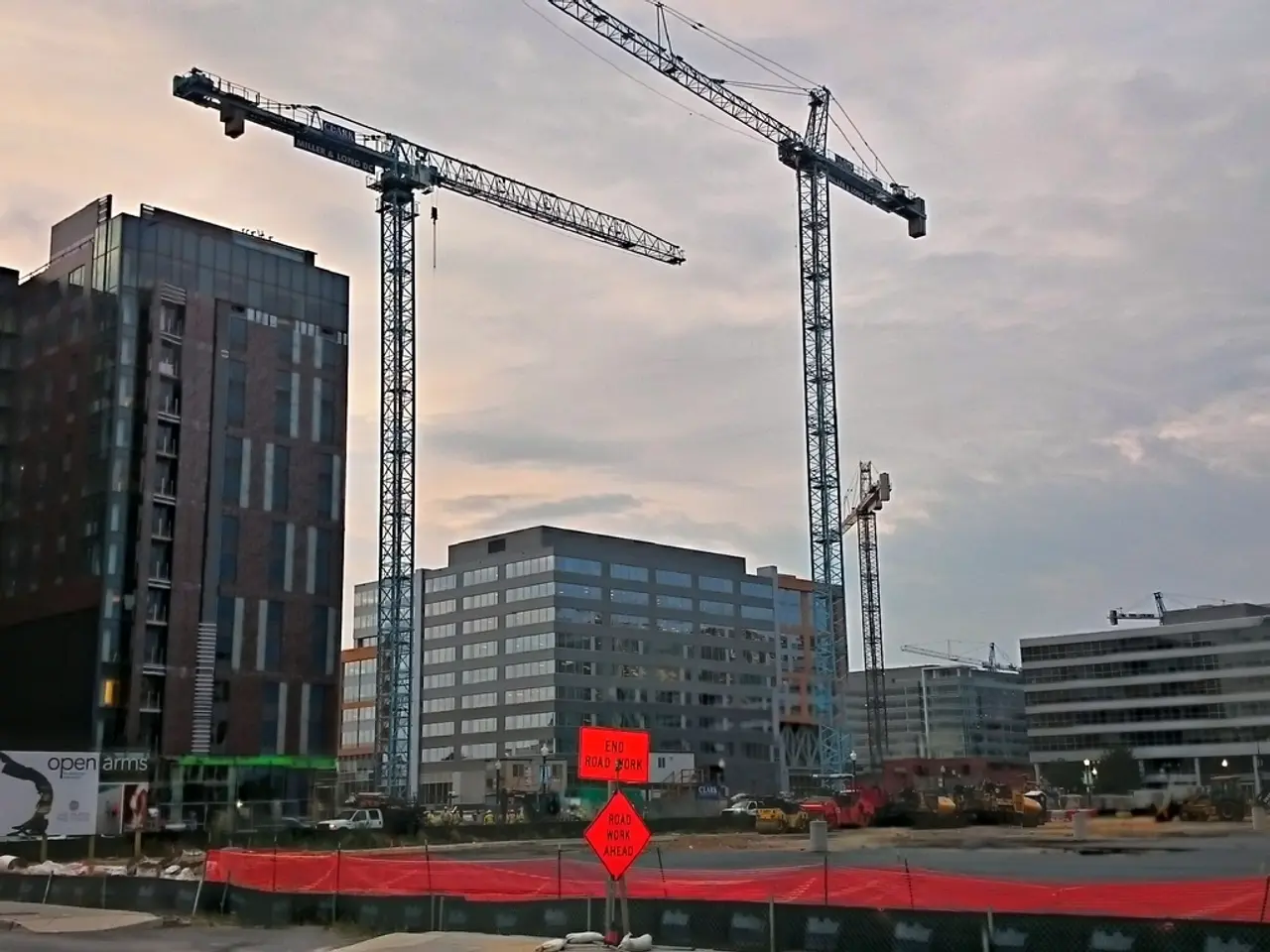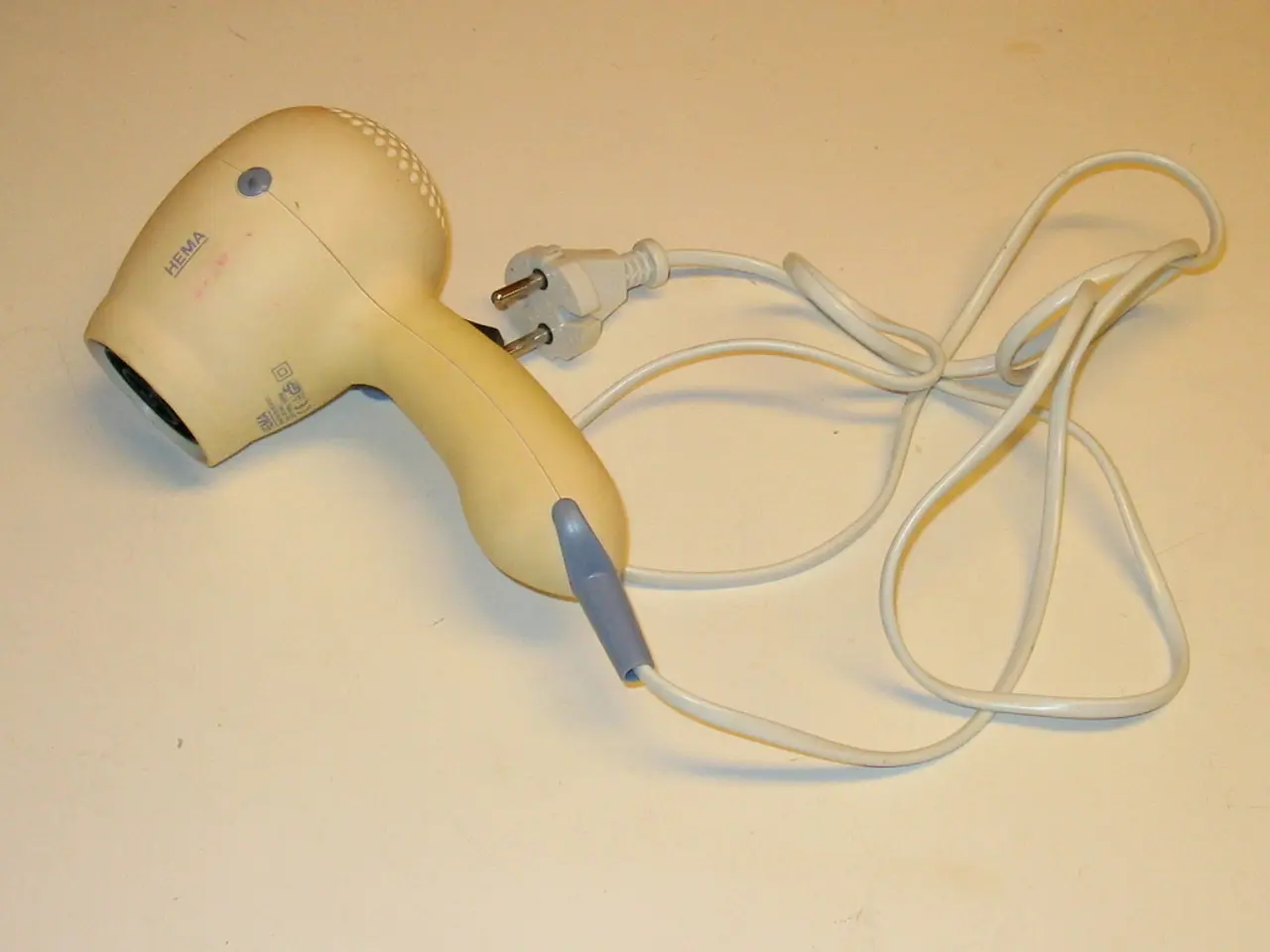Utility Services in Loveland boosted by Drone Technology
In a forward-thinking move, the City of Loveland Utilities launched a drone inspection program in July 2024, revolutionising infrastructure management and outage prevention across Northern Colorado [1]. By utilising drone technology, the city is providing a proactive, technology-driven approach to infrastructure maintenance and reliability, fostering more resilient utility service for its communities.
Since its inception, the drone program has been instrumental in inspecting and monitoring various utility assets from the air, including power lines and related facilities. This innovative approach allows for quicker identification of potential issues such as equipment damage, vegetation encroachment, or other vulnerabilities that could lead to failures or outages.
Key improvements brought about by the drone program include enhanced safety, increased efficiency and coverage, early problem detection, and improved outage prevention. Drones reduce the need for utility workers to physically access dangerous or hard-to-reach locations, thus lowering the risk of accidents during inspections. Furthermore, drones can cover larger areas faster than traditional manual inspections, enabling more frequent and thorough assessments.
High-resolution cameras and sensors on drones facilitate the early identification of faults or areas requiring maintenance before they cause service disruptions. By spotting vulnerabilities proactively, the program helps minimise unplanned outages across the regional utility grid served by Loveland Utilities.
In less than a year, the drone team has inspected 1,102 utility poles, which is nearly 28% of all poles in the city. About 60% of the problems found by the drone team had the potential to cause power outages. By catching these problems early, the city estimates it has prevented over 504,000 minutes of outages for its customers.
The City of Loveland's drone program has expanded its support to projects in multiple departments beyond the electric grid. For instance, drones have aided engineers with terrain data for designing new infrastructure for growing neighborhoods in the Namaqua Hills Pump Stations. In addition, drones equipped with thermal imaging have been used to detect hail damage and underperforming solar panels in solar fields after severe storms.
The drone program has also been instrumental in monitoring shoreline erosion at the Green Ridge Glade Reservoir, comparing aerial imagery from 2024 and 2025 to track changes. Moreover, drones have surveyed tributaries of the Big Thompson River in the Alexander Mountain Fire Burn Area to guide erosion mitigation and protect water quality.
Drones are particularly useful in areas where ground access is limited, such as rear easements without alleys. They inspect utility poles at a rate of 29 per hour, far outperforming traditional inspection methods.
The City of Loveland's drone program serves as a model for Northern Colorado municipalities to incorporate innovative, data-driven tools for enhancing public services while maximising safety and efficiency. To learn more about Loveland Utilities, visit cityofloveland.org.
[1] City of Loveland Utilities (2024). Drone Inspection Program Improves Infrastructure Management and Outage Prevention. [Press Release]. Retrieved from
- The drone program, initiated by Loveland Utilities, has been effective in inspecting and monitoring various utility assets in Northern Colorado, not just limited to power lines and facilities.
- By using drones for events like infrastructure design and damage assessment, Loveland Utilities is demonstrating how technology can promote education and efficiency within the community.
- The success of Loveland's drone program, with its exceptional ability to detect issues early and minimize outages, could attract businesses interested in implementing similar solutions, fostering economic growth and innovation in Northern Colorado.




